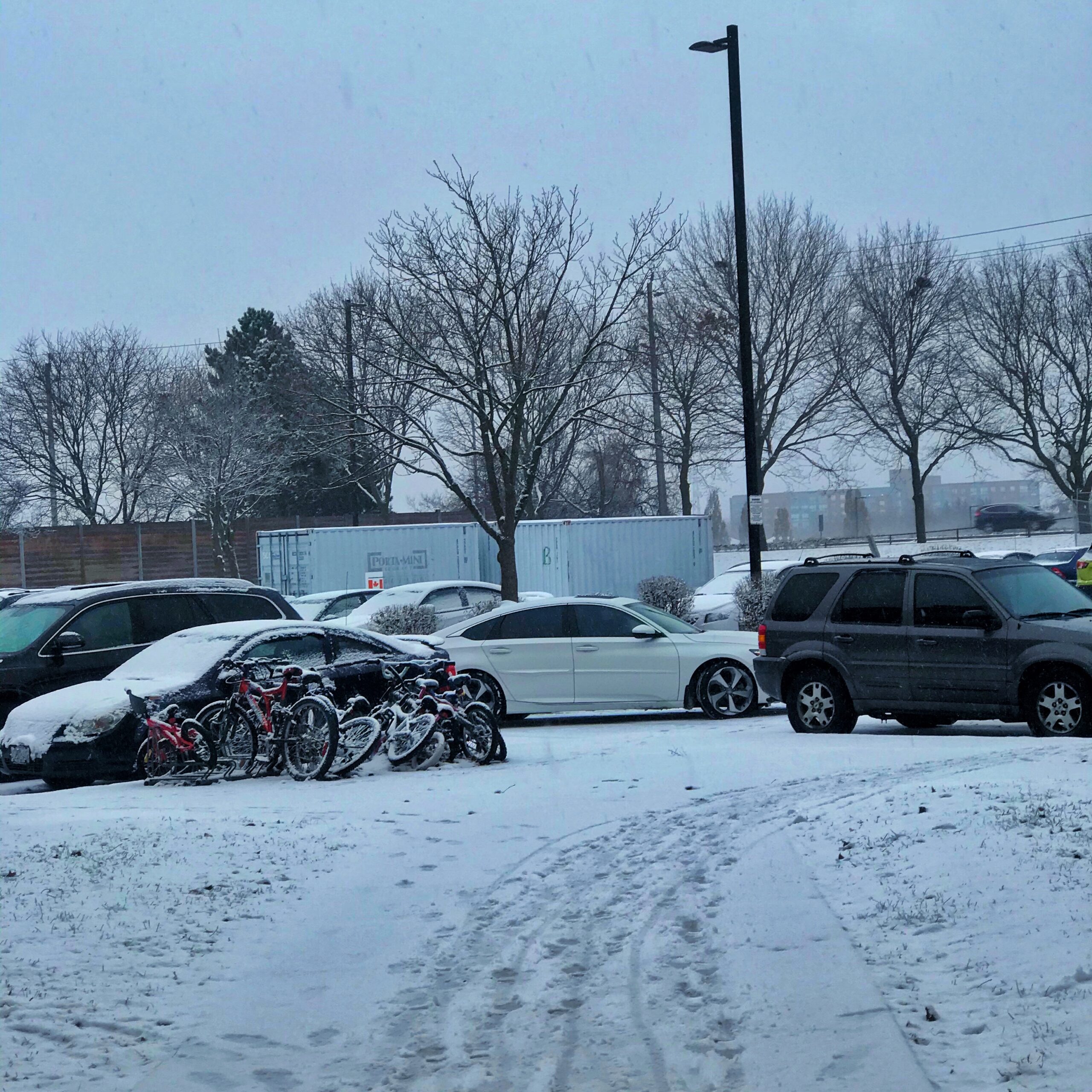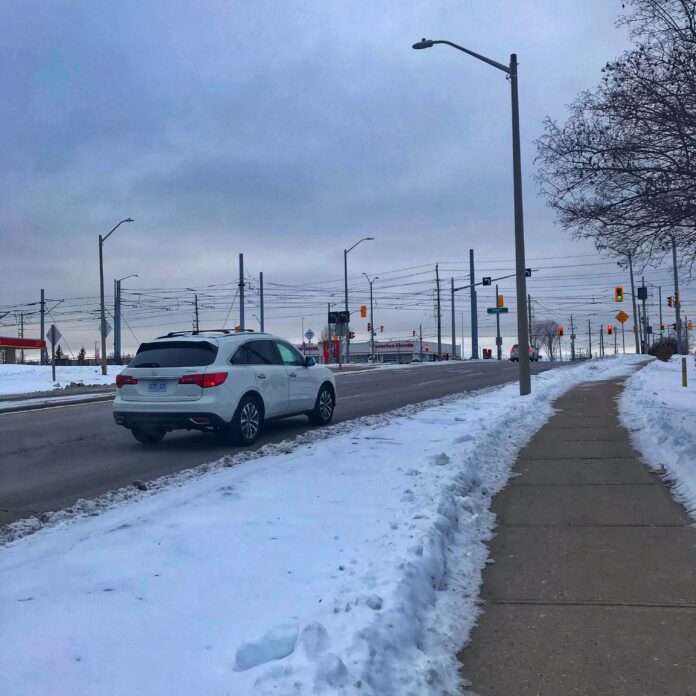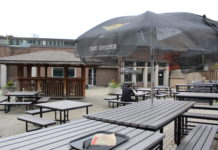Self-driving cars are the future of transportation. UW has been involved in the field since late 2018, when Krzysztof Czarnecki, a professor in the Electrical and Computer Engineering department at UW, developed a self-driving car to travel to neighbouring regions, using a driving data set from researchers in Germany.
Although self-driving cars are improving by the day, there are still challenges to overcome. While some of the advanced self-driving cars at the moment can handle rainstorms, dealing with snow is a whole other story. What makes snow more difficult is that it affects the car’s detection of its environment through the sensors, such as by covering markings on the road, which can severely impact autonomous decisions on the road.
“Snow is hard to drive in — as many drivers are well aware. But wintry conditions are especially hard for self-driving cars because of the way snow affects the critical hardware and AI algorithms that power them,” Alexander Wanf, Founder and CEO of Scale AI, said, “a skilled human driver can handle the same road in all weathers — but today’s AV models can’t generalize their experience in the same way. To do so, they need much more data.”
To confront the heavy Ontarian snow, Czarnecki and Steven Waslander, a professor at the University of Toronto, in collaboration with the startup Scale AI, collated a data set of images known as the Canadian Adverse Driving Conditions (CADC), containing over 56,000 images of road conditions including snow. It also contains varied footage of foggy camera views, blizzard conditions, and slippery roads, which were labelled to help cars better understand these situations.
Several data sets involving bad weather conditions have been released in the past, including Linköping University’s Automotive Multi-Sensor Dataset (AMUSE) and the Mapillary Vistas data set. What makes CADC special, as claimed by Scale AI, is that it is the first to focus specifically on “real-world” driving in snowy weather.

The current self-driving car industry seems to focus more on its utilization in mild weather conditions, which creates some uncertainties about its ability to manage harsh weather conditions.
“It’s a very noticeable blind spot,” Wang said, “deploying autonomous vehicles in bad conditions is not really tackled, or really talked about.”
“The complexity of winter weather is going to take an incredible amount of work for automation technology to tackle,” Bryan Reimer, a research scientist at MIT specializing in autonomous driving, said, “ice-weather conditions are incredibly difficult.”
Czarnecki has helped us take a step towards conquering snowy roads for self-driving cars.
“We want to engage the research community to generate new ideas and enable innovation,” Czarnecki said, “this is how you can solve really hard problems — the problems that are just too big for anyone to solve on their own.”
“It’s in the interest of everyone to think about this,” Czarnecki said, hoping that their work will prompt carmakers and startups to think more about bad-weather driving.






























